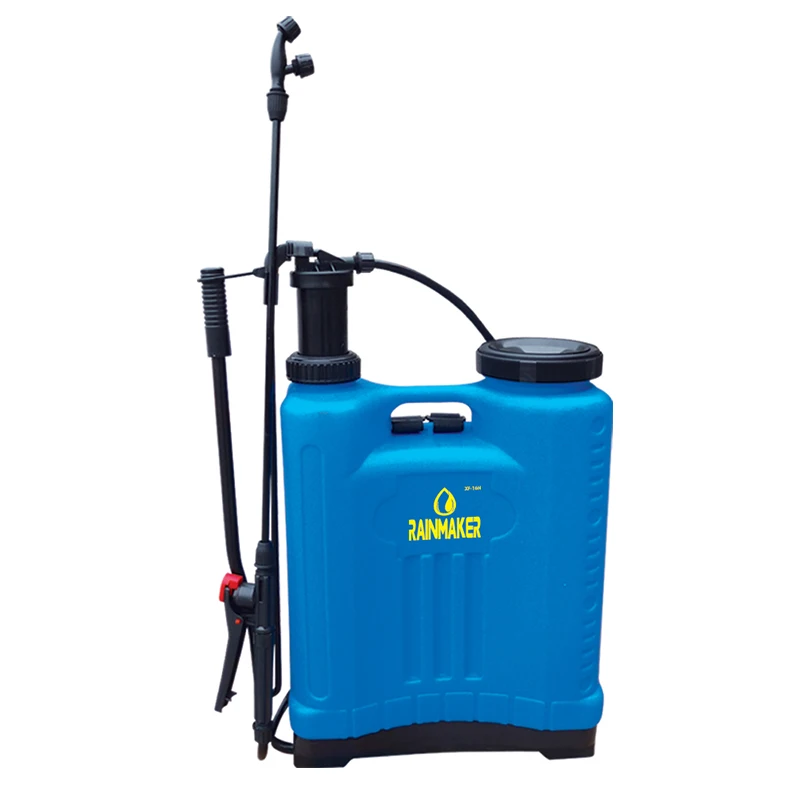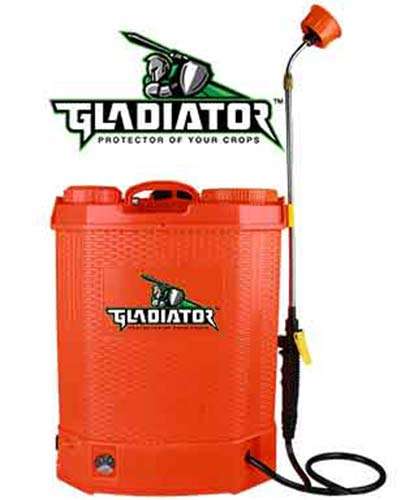

This way we could be sure that any background noise was not interfering with our results.Ī reading was taken 6 inches away from each air pump. The room was so quiet that it was outside the range our decibel meter could measure (30 – 130 dB). So, to cut down on noise, we tested at night.

It is worth mentioning that a decibel meter is a sensitive piece of equipment and will pick up any and all noise in a room. The higher the reading, the nosier the air pump. So, to precisely understand just how loud each air pump was, we used a specialized piece of testing equipment…

This meant that we couldn’t rely on our ears alone to determine how much noise each air pump created. That is to say, a sound that you find irritating might not bother someone else. How we tested over 60 aquarium air pumpsĪs I said earlier, noise is subjective. When that happens, it switches over to battery power. Plug this air pump in, and it will run continuously until there is a power outage. It’s essentially the previous two air pumps combined into a single unit. The most expensive type of may just be responsible for saving your aquarium. However, since it won’t be your primary air pump, this is less of an issue.ĭ-sized batteries powered all the battery-powered air pumps we tested. Their small size also makes them suitable to use when transporting fish, such as when you move.Īll battery-operated air pumps we reviewed were noticeably loud.
#AEROWEATHER SPRAY PUMP PORTABLE#
While the batteries need to be replaced when depleted, battery-operated air pumps are portable and don’t need to be plugged in.īattery-powered air pumps are purchased in addition to a plug-in air pump as a safety precaution in case the power goes out. Once they are connected to your outlet, they run until unplugged. Plug-in air pumps do not have an on/off button. Simply plug it into your power strip, turn the power on, and it will continuously pump air into your aquarium. Types of aquarium air pumpsĪll told, there are 3 different types… 1. Check out this guide for more information on how oxygen gets inside your aquarium. You can raise happy and healthy fish without an air pump if you choose!įishLab Beginner Tip: It is a common misconception that fish need an air pump and airstone for oxygen. However, if you don’t need any of the products listed above, then skip it altogether. And if you want them in your tank, then you need an aquarium air pump because they won’t work without one. Want to add any of these to your aquarium? Then, an air pump is essential!Įach of these pieces of equipment is air-driven. Other air-driven aquarium equipment includes decorations that release bubbles and protein skimmers. Want to filter your water? Attach a sponge filter or an under-gravel filter to your air pump.Want to create tiny bubbles inside your aquarium? Attach an airstone to your air pump.What makes them such a popular aquarium accessory is their ability to power other products. Make sure that the air pump you buy can connect to aquarium airline tubing. Some are for bicycle tires, while others are for inflatable mattresses. Pretty simple, huh?įishLab Note: There are many different types of electric air pumps available. As the lever moves, it pumps a diaphragm (essentially a rubber suction cup), which sucks in air and pushes it out of the air pump.As the magnet switches on and off, it pulls the lever down.It is suitable for both freshwater and saltwater aquariums.Īs for how it works, it’s actually pretty simple: Because of this, air pumps are not water-proof and care must be taken not to get them wet.

The air pump sits on the outside of your aquarium, delivering air through a long hose called airline tubing.
#AEROWEATHER SPRAY PUMP HOW TO#
#AEROWEATHER SPRAY PUMP FULL#


 0 kommentar(er)
0 kommentar(er)
